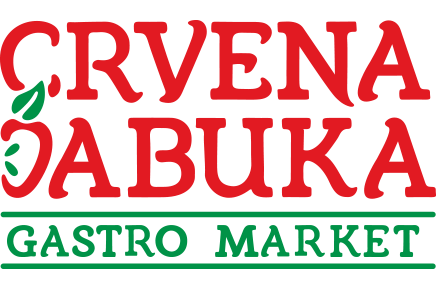Italian hard Cheeses with Protected Designation of Origin
The production of this Italian delicacy is tied to the Asiago plateau, which also gives the cheese its name. It comes in two main varieties—the younger, known as Asiago Pressato, and the aged version, Asiago d’Allevo. Young Asiago has a softer, almost creamy texture and a mild, milky flavor with subtle sweet notes, as it matures for only about a month. In contrast, aged Asiago, which can mature from three months to up to two years, develops a rich, complex aroma with nutty and fruity nuances.
It’s excellent for rustic pasta dishes, creamy risottos, and salads, and it can also be served on a cheese board with honey, fresh fruit, dates, and pistachios. When it comes to wine, young Asiago pairs best with light white wines such as Sauvignon Blanc or Pinot Grigio, while aged Asiago calls for more robust reds like Chianti.
Italian cheeses with Protected Designation of Origin represent the perfect blend of tradition and irresistible flavor. Each of them is produced exclusively in a specific region, under strictly defined conditions that guarantee authenticity and quality, carrying the spirit of local culture and knowledge passed down through generations.
Parmigiano Reggiano
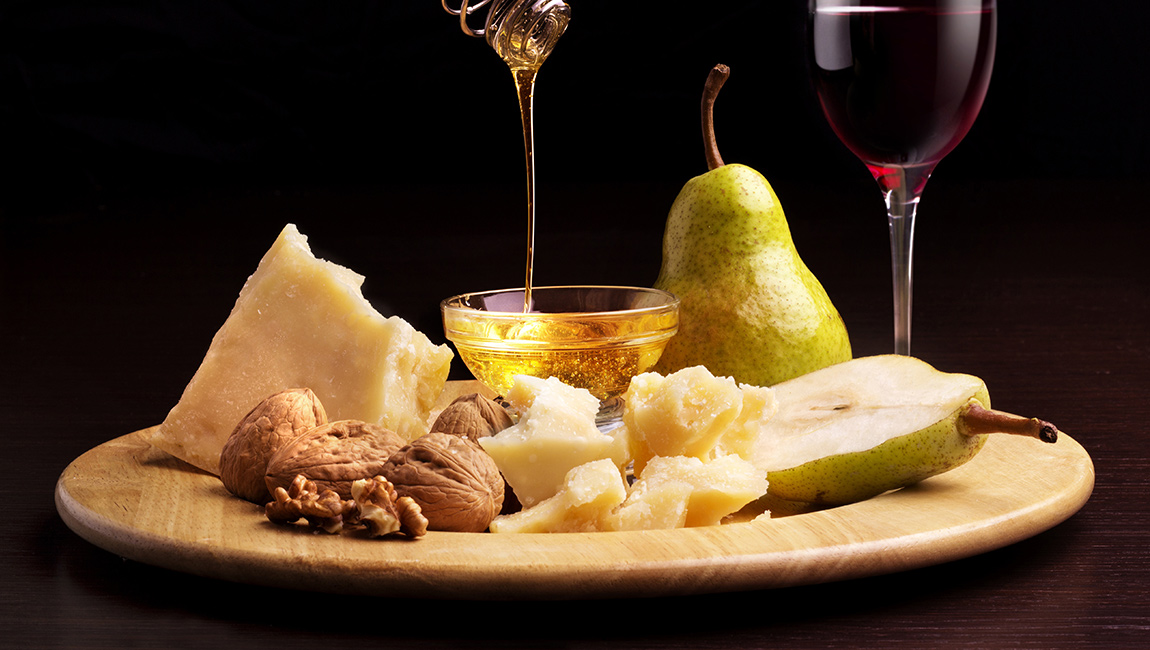
Produced exclusively in the regions of Emilia-Romagna and parts of Lombardy, this aged cheese with a crystalline texture that breaks under your fingers is made only from unpasteurized cow’s milk. It matures for a minimum of 12, 24, or even 36 months. Its aromas are deep and layered—slightly nutty, with notes of dried fruit and hints of caramel.
It pairs perfectly with fresh pears, figs, walnuts, or acacia honey. If you enjoy wine with your bites, a glass of light red wine, such as Chianti, is an excellent match. For an elevated gourmet experience, serve Parmigiano alongside thinly sliced beef bresaola.
Grana Padano
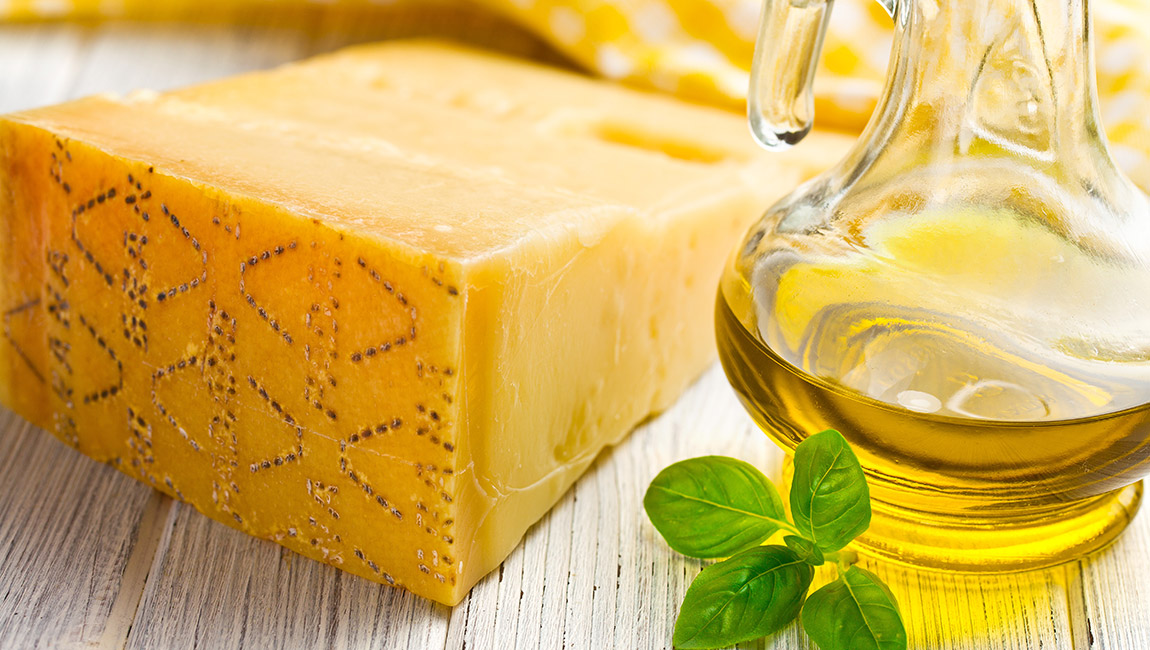
Traditionally produced in the Po River Valley, Grana Padano offers a milky aroma with subtle hints of butter and ripe nuts. It matures between 9 and 20 months, during which it develops a mildly salty and slightly piquant flavor with buttery undertones.
It’s excellent when served with honey, almonds, grapes, dried figs, and ripe pears. You can also pair it with beef or smoked turkey and a glass of Pinot Grigio white wine.
Pecorino Romano
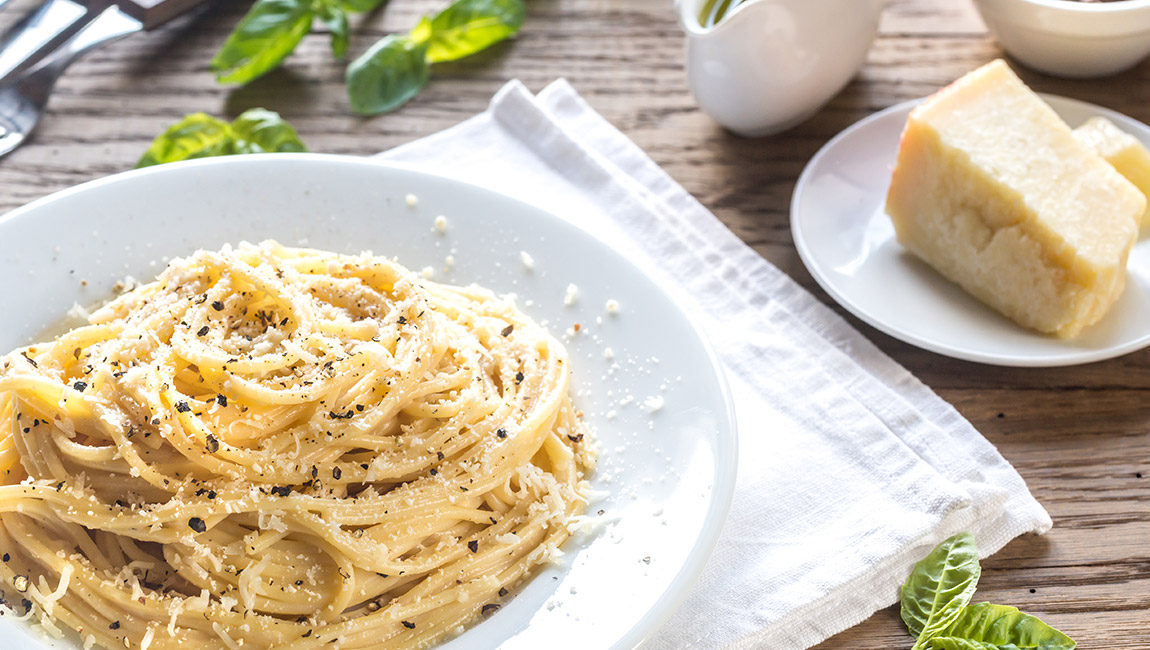
Made exclusively from sheep’s milk, Pecorino Romano is known for its strong, salty, and aromatic taste. It is primarily produced in the Lazio region and on the island of Sardinia, where it matures for 8 to 12 months, developing a pronounced mineral character and piquancy.
It’s a great addition to warm polenta or served with fresh figs. Try it with black olives, caramelized red onions, apples, roasted almonds, or slices of melon. It pairs well with full-bodied red wines with firm tannins, such as a Tuscan Chianti Classico.
Asiago
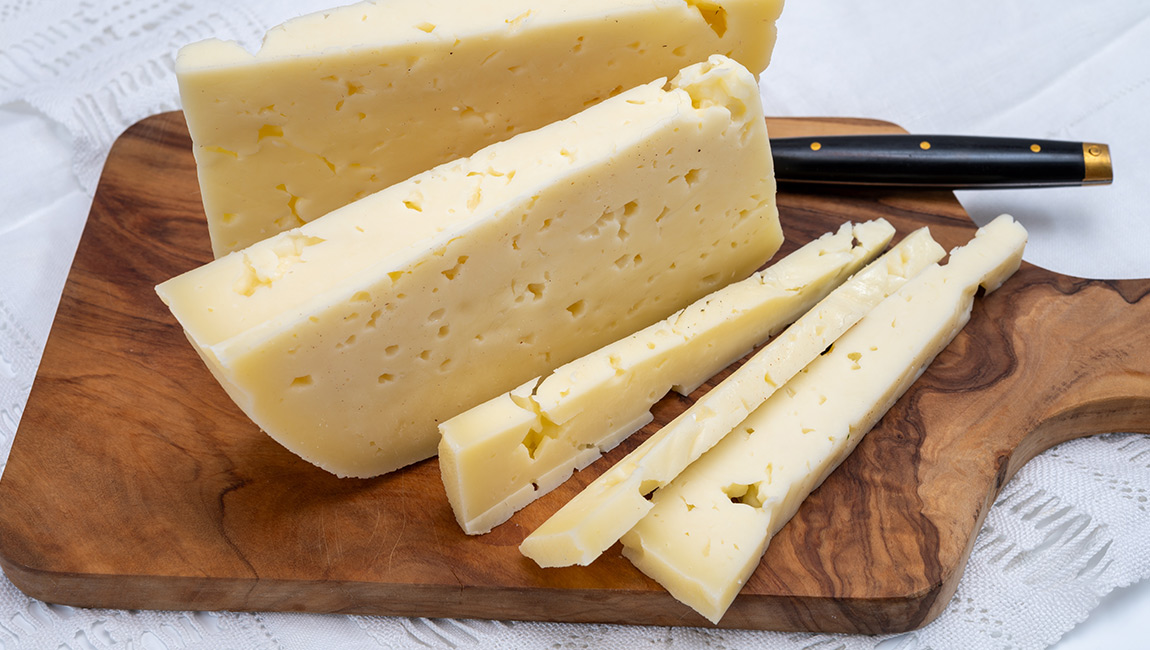
The production of this Italian delicacy is tied to the Asiago plateau, which also gives the cheese its name. It comes in two main varieties—the younger, known as Asiago Pressato, and the aged version, Asiago d’Allevo. Young Asiago has a softer, almost creamy texture and a mild, milky flavor with subtle sweet notes, as it matures for only about a month. In contrast, aged Asiago, which can mature from three months to up to two years, develops a rich, complex aroma with nutty and fruity nuances.
It’s excellent for rustic pasta dishes, creamy risottos, and salads, and it can also be served on a cheese board with honey, fresh fruit, dates, and pistachios. When it comes to wine, young Asiago pairs best with light white wines such as Sauvignon Blanc or Pinot Grigio, while aged Asiago calls for more robust reds like Chianti.
